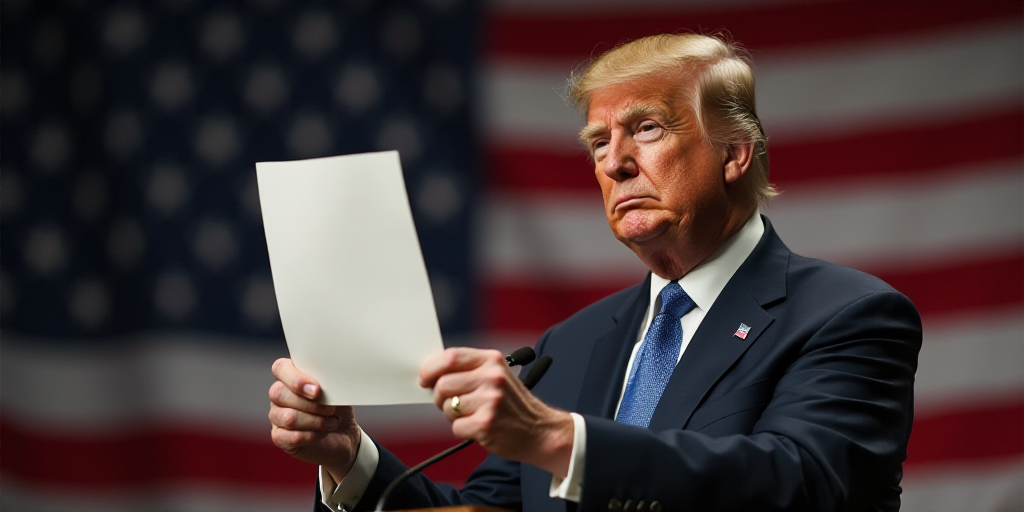Introduction to Trump’s Reciprocal Tariffs
On this Thursday, the reciprocal tariffs imposed by U.S. President Donald Trump have finally come into effect after four successive delays over the past four months.
Background and Rationale
In a last-minute adjustment, Trump signed an executive order the previous week to establish reciprocal tariffs ranging from 10% to 41% on goods imported into the United States from 69 countries or jurisdictions, effective August 7, 2025.
This move raised the minimum tariff from 10% to 15%, with exceptions for the United Kingdom, Falkland Islands, and Brazil at 10%. Furthermore, a 35% tariff was set for Canada, applicable to all Canadian products that do not comply with the USMCA (United States-Mexico-Canada Agreement), effective from the previous Friday.
Trump also imposed a 50% tariff on products imported from Brazil, partly due to its treatment of former President Jair Bolsonaro, and a 50% tariff on India for purchasing Russian oil.
Regarding Mexico, Trump announced a 90-day extension, maintaining the existing tariffs and postponing the planned increase to 30% set for August 1.
The rationale behind these protectionist measures stems from Executive Order 14257 of April 2, 2025. Trump argued that the annual “large and persistent trade deficits” in U.S. goods trade pose an “unusual and extraordinary threat to the national security and economy of the United States.”
He attributed this issue to sources outside the U.S., declaring a national emergency and imposing additional ad valorem tariffs to counter the threat.
Tariff Details
- Tariffs on Specific Countries:
- 20% tariff on Taiwan
- 39% tariff on Switzerland
- Up to 41% tariffs on Syria, Laos, and Myanmar
- 35% tariff on Iraq
- Base Tariffs for Surplus Countries: The U.S. maintained a base tariff of 10% for countries with which it has a trade surplus in goods.
- Additional Tariffs on China: The U.S. imposed an additional 125% tariff on imports from China, suspending it for 90 days starting May 14.
- Tariffs on Automobiles, Autoparts, Steel, Aluminum, and Copper: The U.S. charges 25% on automobile and autopart imports and 50% on steel, aluminum, and copper.
Impact and Perspective
In response to these tariffs, U.S. Trade Representative Jamieson Greer stated on CBS’s Face the Nation, “When we see companies having to make difficult decisions about supply chain changes, we have to do the same.”
“I’m talking about the status quo, where we continue to manufacture products overseas because it’s slightly cheaper in the short term; that’s not preferable to having that investment and employment here in the United States,” Greer argued.
Key Questions and Answers
- What are reciprocal tariffs? Reciprocal tariffs are trade policies where a country imposes taxes on imported goods based on the tariff rates of its trading partners.
- Why did Trump implement these tariffs? Trump argued that the annual trade deficits in U.S. goods trade posed a threat to national security and the economy, attributing this issue to sources outside the U.S.
- Which countries are affected by these tariffs? The tariffs affect 69 countries or jurisdictions, with varying rates ranging from 10% to 41%. Notable countries include Canada, Brazil, China, and several others.
- What is the purpose of these tariffs? The primary goal is to encourage domestic manufacturing and reduce trade deficits by making imported goods more expensive.
- How have these tariffs been received? The tariffs have sparked debate, with some supporting the protection of domestic industries and others expressing concern over potential retaliation, increased costs for consumers, and disruptions in global supply chains.






